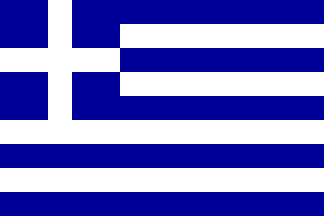Corelab Seminar
2019-2020
Stathis Zachos
90 Years of Computability and Complexity
Abstract.
Computational Complexity Theory deals with the classification of problems into classes of hardness called complexity classes. We define complexity classes using general structural properties, such as the model of computation (Turing Machine, RAM, Finite Automaton, PDA, LBA, PRAM, monotone circuits), the mode of computation (deterministic, nondeterministic, probabilistic, alternating, uniform parallel, nonuniform curcuits), the resources (time, space,# of processors, circuit size and depth) and also randomness, oracles, interactivity, counting, approximation, parameterization, etc. The cost of algorithms is measured by worst-case analysis, average-case analysis, best-case analysis, amortized analysis or smooth analysis. Inclusions and separations between complexity classes constitute central research goals and form some of the most important open questions in Theoretical Computer Science. Inclusions among some classes can be viewed as complexity hierarchies. We will present some of these: the Arithmetical Hierarchy, the Chomsky Hierarchy, the Polynomial-Time Hierarchy, a Counting Hierarchy, an Approximability Hierarchy and a Search Hierarchy.
